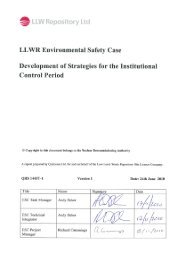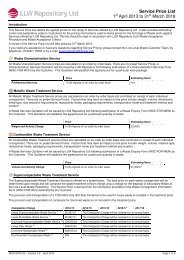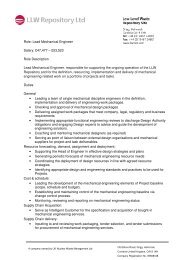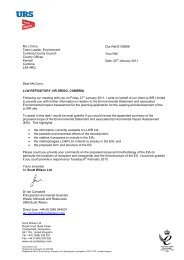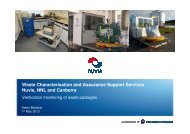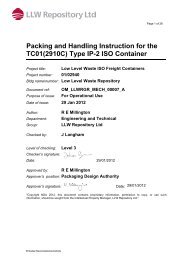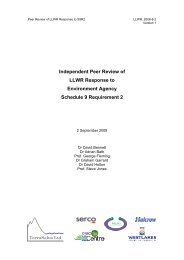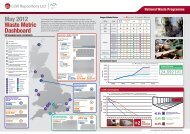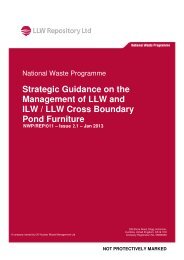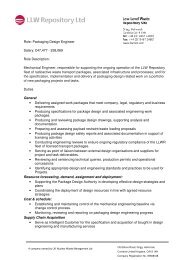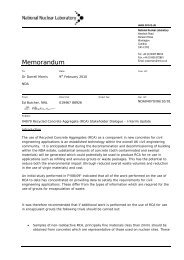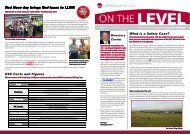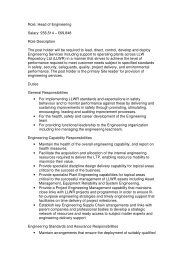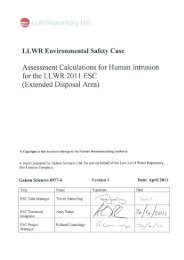Halcrow, Coastal Studies Forward Programme Data Compilation ...
Halcrow, Coastal Studies Forward Programme Data Compilation ...
Halcrow, Coastal Studies Forward Programme Data Compilation ...
You also want an ePaper? Increase the reach of your titles
YUMPU automatically turns print PDFs into web optimized ePapers that Google loves.
The model assumes the following:as the shoreline is approximately swash-aligned and calculated drift ratesare low, the longshore transport of sand and gravel is relatively minoroffshore losses of sediment (95% of cliff inputs) includes the removal of aproportion of the fine-medium gravels by storm action i.e. the mediumcoarsegravels and cobble sized material is retained on the gravel stormbeach ridgegravel attrition losses are assumed to be in the range 0.05 to 0.3% per yearof the beach profile area. This is consistent with laboratory-basedestimates of attrition losses for flint pebbles from the south coast ofEngland (Dornbusch et al., 2003)the offshore transfer of medium-coarse gravels and cobble sized materialis negligible, as the dominant trend is for the landward transfer of coarsematerialall the fines are removed offshore in suspension and are available fortransport into the Esk estuary complex.A summary of the CCCPM results for mean recession distances are presented inTable 4.4. A probability distribution has been developed for the distance/time plotby generating upper and lower estimates that correspond to 2 standard deviations(SD) above or below the average (mean) estimate, respectively:The standard deviation (SD) has been assumed to be 15% of the mean value,following the approach suggested by the recent Risk Assessment of <strong>Coastal</strong>Erosion (RACE) research project (<strong>Halcrow</strong> 2007b). Considering a normaldistribution, there is a 95% chance that the recession distance would fall within2SD of the mean recession rate. These data have been calculated, but for claritythey are not presented herein.Table 4.4 Predicted timing of LLWR site breaching by coastal erosion. (Sea-level scenariosdefined in Table 4.1)SiteRepresentativeCliff UnitScenario B3/B4: Moderate Scenario B3/B4: LargeSea-level RiseSea-level RiseMean Breach Time (Years)LLWR Drigg Barn Scar 1,250 1,000(350m) Carl Crag 1,000 1,000Doc No 1 Rev 2: Date: May 2010 36



